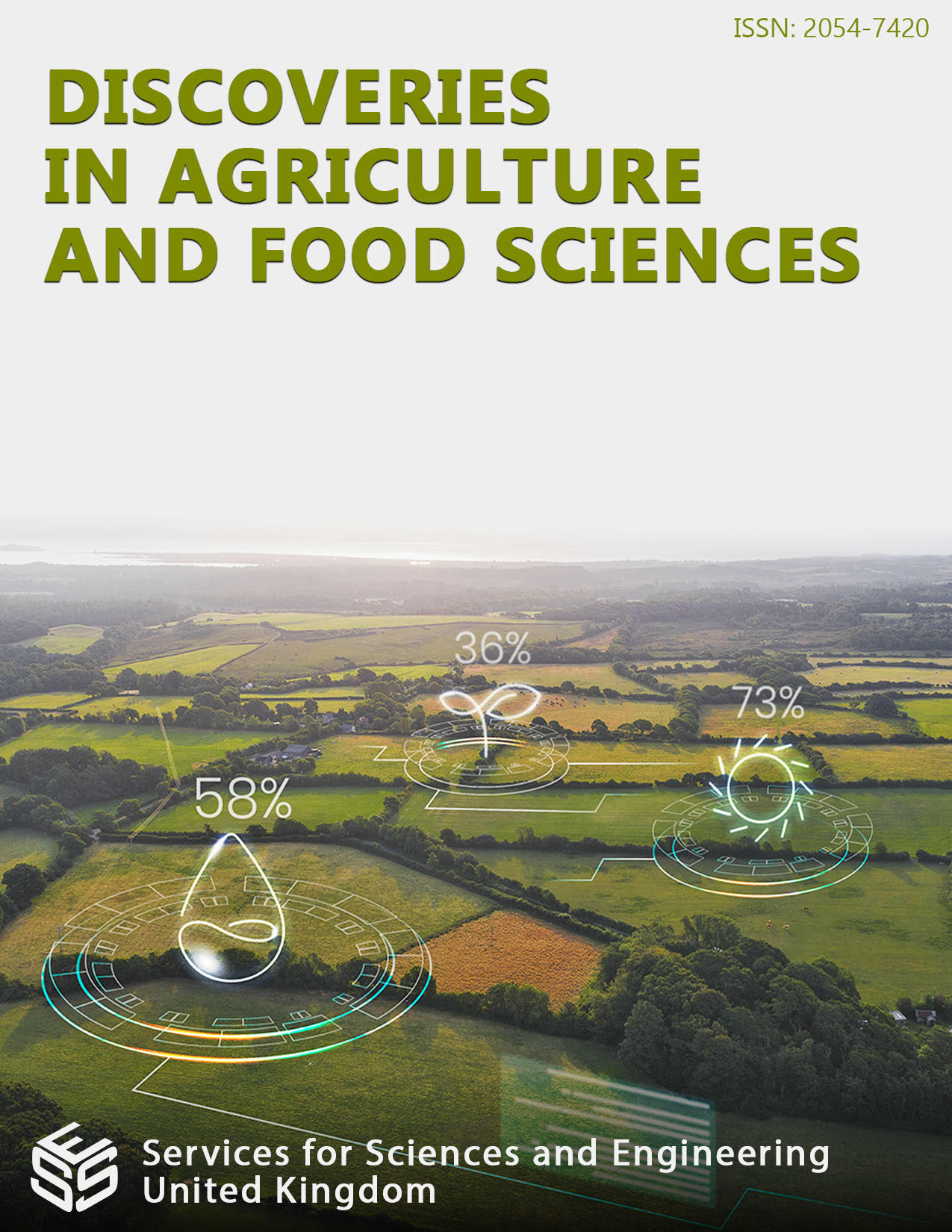Characterisation of the Physico-Chemical Properties, Antioxidants, Anti-Nutrients and Minerals of Two (2) Varieties of Tomato (Solanum lycopersicum L.): The African Tomato and the Salad Tomato Sold on Markets in Korhogo in the North Of Côte d'Ivoire
DOI:
https://doi.org/10.14738/tnc.115.15501Keywords:
African tomato, salad tomato, Solanum lycopersicum L, Korhogo, antioxidants, mineralsAbstract
Two varieties of tomato (the African tomato and the salad tomato) are sold on the markets of Korhogo, in the north of Côte d'Ivoire. The African tomato is the least popular. The people who eat them are unaware of the nutritional value of the two varieties of tomato. There has been no comparative study of the physico-chemical parameters, antioxidants, anti-nutrients and minerals of the two (2) varieties of tomato. This study is an enhancement of the African tomato. The physico-chemical properties of African tomatoes and salad tomatoes respectively showed high humidity (93.36% and 95.81%), acid pH (3.99 and 4.2), low fibre (0.81% and 0.68%), lipid (0.38% on average), protein (1.71% and 1.58%), total carbohydrate (3.4% and 1.4%) and calorie (23.65 Kcal/100g and 15.63 Kcal/100g) content. The study also revealed that tomatoes are high in polyphenols (123.64mg/100g and 101.98mg/100g), flavonoids (54.37mg/100g on average) and carotenoids (41.17mg/100g and 39.84mg/100g). Tomatoes also contain vitamin C (12.49mg/100g and 10.52mg/100g). Phytates (2.92mg/100g and 2.23mg/100g) and oxalates (9.19mg/100g and 6.79mg/100g) were determined in small quantities. Determination of the minerals by atomic absorption showed the presence of several minerals such as magnesium, potassium, calcium, iron, copper and zinc with potassium predominating. Based on this study, we can say that the African tomato has a higher nutrient content, while the salad tomato has a higher mineral content. Both varieties of tomato contain fibre, macronutrients, antioxidants and minerals that are beneficial to the people of Korhogo.
Downloads
Published
How to Cite
Issue
Section
License
Copyright (c) 2023 Niamke Arthur Michel, Dion Ricardo, Djaman Allico Joseph

This work is licensed under a Creative Commons Attribution 4.0 International License.






